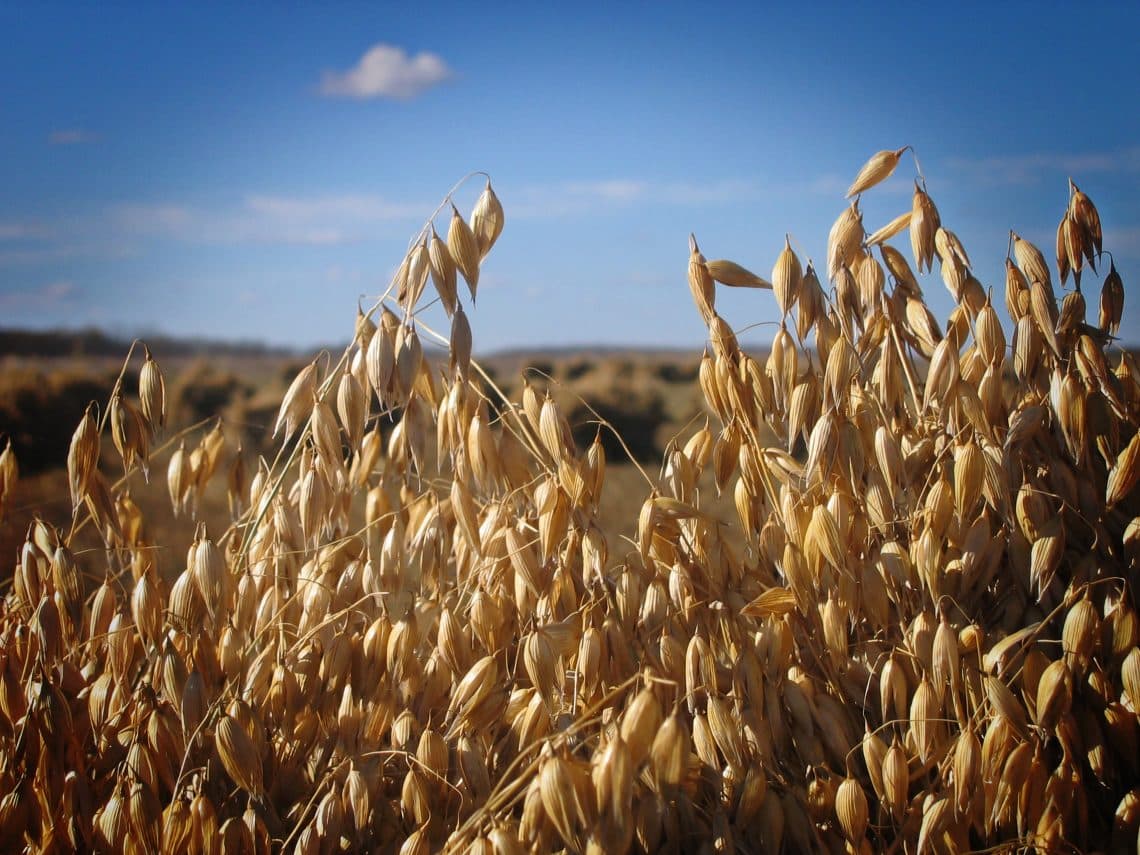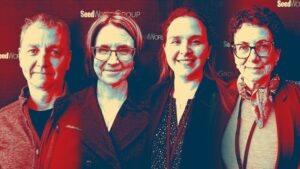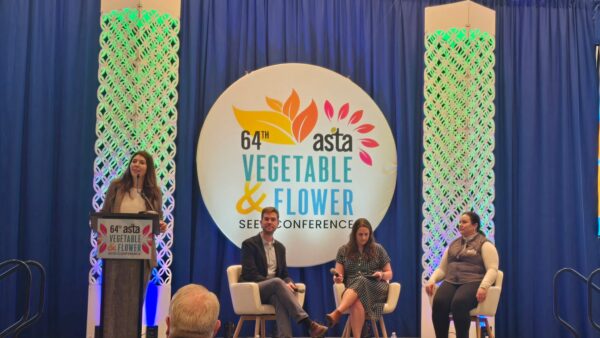Professor Padu Krishnan in the Department of Dairy and Food Science has received a three-year, nearly $450,000 National Institute of Food and Agriculture research grant from the U.S. Department of Agriculture. Through this project, the South Dakota Agricultural Experiment Station researcher seeks to improve the quality of oats grown in North America and develop new products that will take oats beyond the breakfast aisle.
The new project builds upon work in which Krishnan and graduate student Devendra Paudel developed a near-infrared spectrometer (NIRS) calibration to quantify beta glucan content in oat samples. This is a faster, less costly method of quantifying beta glucan, which is the soluble fiber in oats that helps decrease blood cholesterol levels. The NIRS calibration was developed through funding from Grain Millers and General Mills, processors of oat cereals.
“This grant application was successful since we had preliminary data and a proof-of-concept that NIRS can effectively predict multiple grain nutrients simultaneously,” Krishnan explains. “We also had the support of industry partners and university investment in the oat breeding program through the South Dakota Agricultural Experiment Station.”
SDSU oat breeder Melanie Caffé is co-principal investigator on the project. She and Krishnan worked together on a previous USDA grant designed to speed up the oats breeding process and develop cultivars that are higher in beta glucan. In 2016, South Dakota was the No. 1 oat-producing state, according to USDA National Agricultural Statistics Service.
“The development of the NIRS calibrations for protein, beta glucan and oil content enable us to select breeding lines for increased nutritional properties,” Caffé says. “This new grant will provide additional tools for us to use in developing new oat cultivars with characteristics that meet processors’ needs and provide increased health benefits for consumers.”
In 2016, General Mills relocated its oat breeding program to Brookings, in part, to facilitate collaboration with Krishnan, Caffé and other SDSU scientists.
Measuring multiple oat-quality parameters
“It is about building the quality of oats,” Krishnan says. Through this new funding, he and his team will further improve their NIRS calibration as a single analytical platform for determining the quality of oats. “We can build predictive calibrations, new parental lines, and research tools that can be used to develop oat varieties specific to our region.”
“The NIR spectra is like a fingerprint—we relate the spectral information with a reference method to provide a rapid analysis method that maintains accuracy and precision,” Krishnan explains. By increasing the number of samples from other states, he can also build a robust national calibration.
“Using one instrument, we can determine moisture, protein, fat, carbohydrate and beta glucan content,” he says. “It’s a holistic view of oats—and we can do the analysis with oat groats (hull-removed) that can then be planted in the ground to get the next generation. This is a powerful tool for the plant breeder and the food technologist.”
The growing conditions affect the quality of the oats crop, Krishnan explained. “The kernel must fill at a certain time in the growing cycle. If it does not have the moisture needed, it may not fill fully.” When the oats are tested, the relationship among the nutrients can be explained by the effects of genetics and the growing conditions.
Krishnan likened the NIRS grain quality analysis to a physician examining a patient. “One needs to measure several parameters or components to make a diagnosis as single measurements don’t tell the whole story,” he says. “Knowing as much as we can about the grain with a single machine gives the oat processor and the breeder better decision-making tools.
Developing new oat products
In addition, Krishnan and his team will look at variables that affect the milling and flaking qualities of oats. They will also try to improve product shelf life and stability. One postdoctoral researchers and two graduate students will work on the project.
“Our goal is to take the oats beyond the breakfast aisle,” says Krishnan. Graduate students are developing an oat beverage, incorporating oat flour in Asian noodles and using oats as a thickener for products, such as soup. “We are talking about a whole host of new oat products that are high in beta glucan.”













